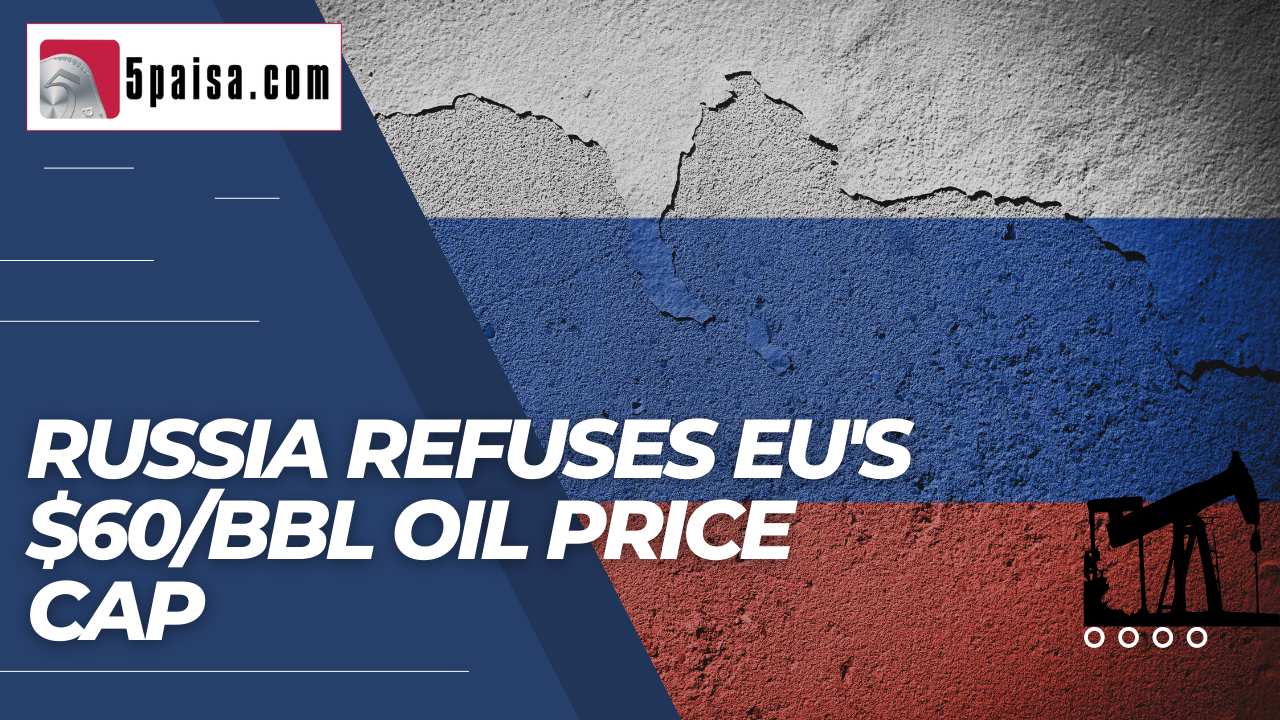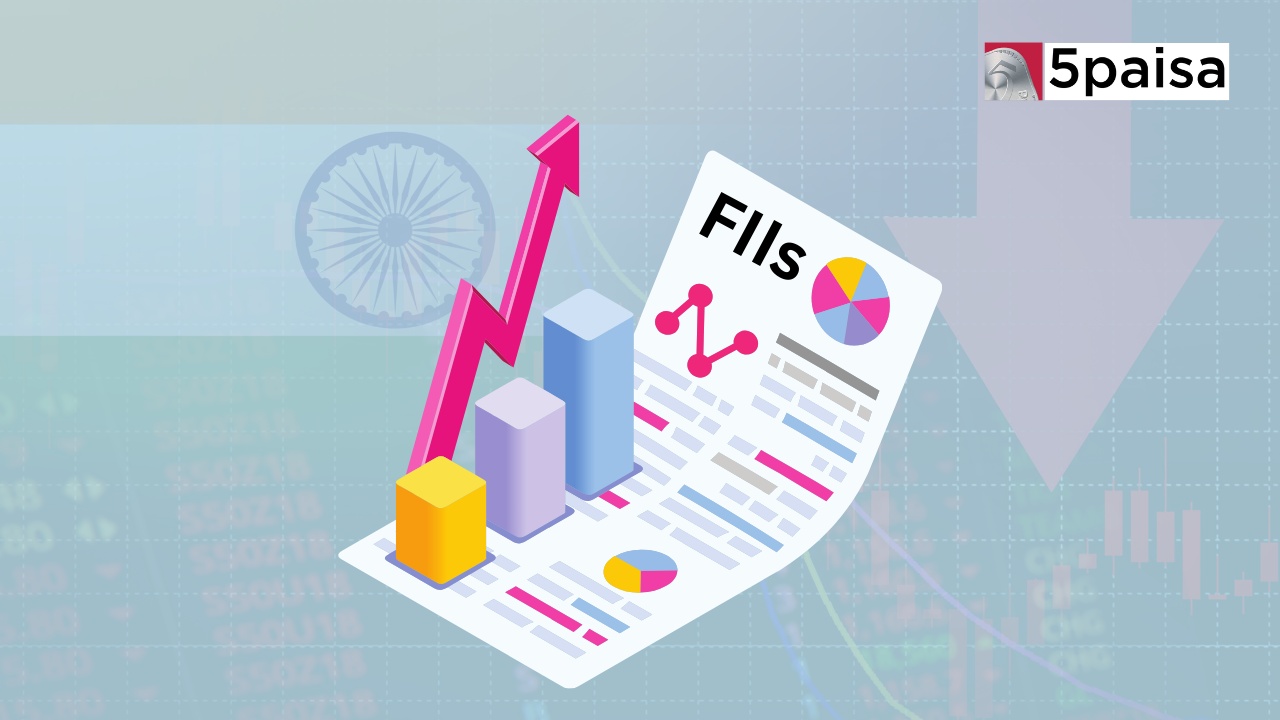Kingdon Capital, Tied to Adani-Hindenburg Dispute, Has Just One More India Link
Why Russia has a problem with a $60 oil price cap?

Last Updated: 9th December 2022 - 01:05 pm
Just last week, the EU - Russia impasse promised to be heading for a negotiated settlement. The price caps were still to go ahead, but the price cap for Russian oil was to be kept at $70/bbl. Now, $70/bbl may be about 25-30% below the average market price, but that is not a bad deal after all for Russia. They were anyways selling oil at huge discounts to India and China, so they can as well extend that courtesy to Europe also. However, objections had emerged that the deal may be like a sweetheart deal for Russia. Price cap of $70/bbl would leave Russia with enough money to cover costs and also fund the war effort.
That would have defeated the entire purpose of imposing these price caps. The price caps were intended as indirect sanctions to ensure that Russia cannot use higher oil prices to fund their war with Ukraine. The idea of price caps was that any price below that would invite sanctions from banks, insurers and shippers for such oil supplied by Russia. As a result, the US, UK and EU finally decided last week to set the price cap for Russian oil at $60/bbl, much lower than the original indication. However, that has not gone down well with Russia and they have rejected the deal outright. What happens next?
Why Russia has a problem with $60/bbl price cap
Russia has already indicated that it was rejecting the deal to set the oil price cap at $60/bbl for Russia. Here is what you need to know.
• At a price of $60/bbl 3 grades of crude will have a higher cost of production than the price viz. Russian Arctic Oil, American Shale and Canadian Sands oil. In the case of Russia, the onshore oil has a very low cost of production, so the Arctic costs even out.
• The problem for Russia is not just about making profits on oil, but leaving with a surplus to ensure that its current account remains strong. That means, the export of crude should be profitable enough to ensure a substantial trade surplus.
• Oil price economics is about long term averaging. By putting a price cap of $60, Russia will not be able to participate in the oil price upside, but will participate in the oil price downside. Russia considers that unfair to its long term economic interests.
That is the reason. Russia wants to now negotiate privately with the buyers of crude rather than as a joint decision with the US and other nations.
What can Russia do if it refuses to accept the cap?
If the final price for the cap on Russia is decided at $60/bbl, Russia is likely to stop supplying crude oil to Europe. It has already started doing that and India and China are lapping up Russian oil at an aggressive pace. However, even if the oil demand from China, India and Turkey are added up, it is tough to replace the prolific demand of the European Union. Russia can exercise any of the options below if it refuses to accept the price cap.
• Russia can shut the taps that supply oil to EU so that the disruption puts the EU on the backfoot. For some time, it would be possible for India, China and Turkey to soak the excess supply, although that cannot be a permanent arrangement.
• For now, the primary focus of Russia would be to force the EU to the negotiating table. Replacing such a maximum supplier like Russia is as difficult as replacing a blue chip customer base in Europe.
• It can look at alternative shipping routes, funding mechanisms and insurance options. However, it would be tough to be handle such huge risks if the European and American insurers and bankers don’t participate in the trade.
This week could give important cues about the direction of oil prices. If the cap is rejected and Russia refuses to supply oil to EU, then a huge disruption could spike oil prices in the global market. However, if Russia agrees to a cap of anywhere between $60 and $70/bbl, it would result in a sharp fall in oil prices in the Brent and the WTI market.
Disclaimer: Investment/Trading in securities Market is subject to market risk, past performance is not a guarantee of future performance. The risk of loss in trading and investment in Securities markets including Equites and Derivatives can be substantial.
Trending on 5paisa
Discover more of what matters to you.
Global Market Related Articles
 Tanushree Jaiswal
Tanushree Jaiswal




